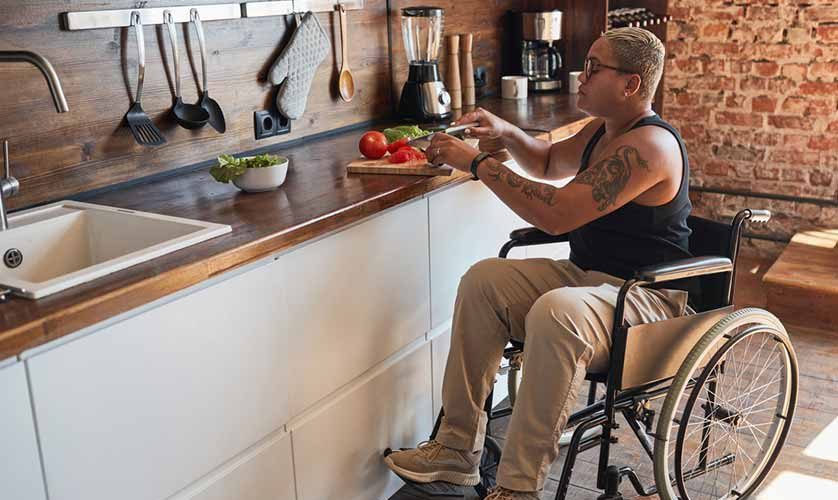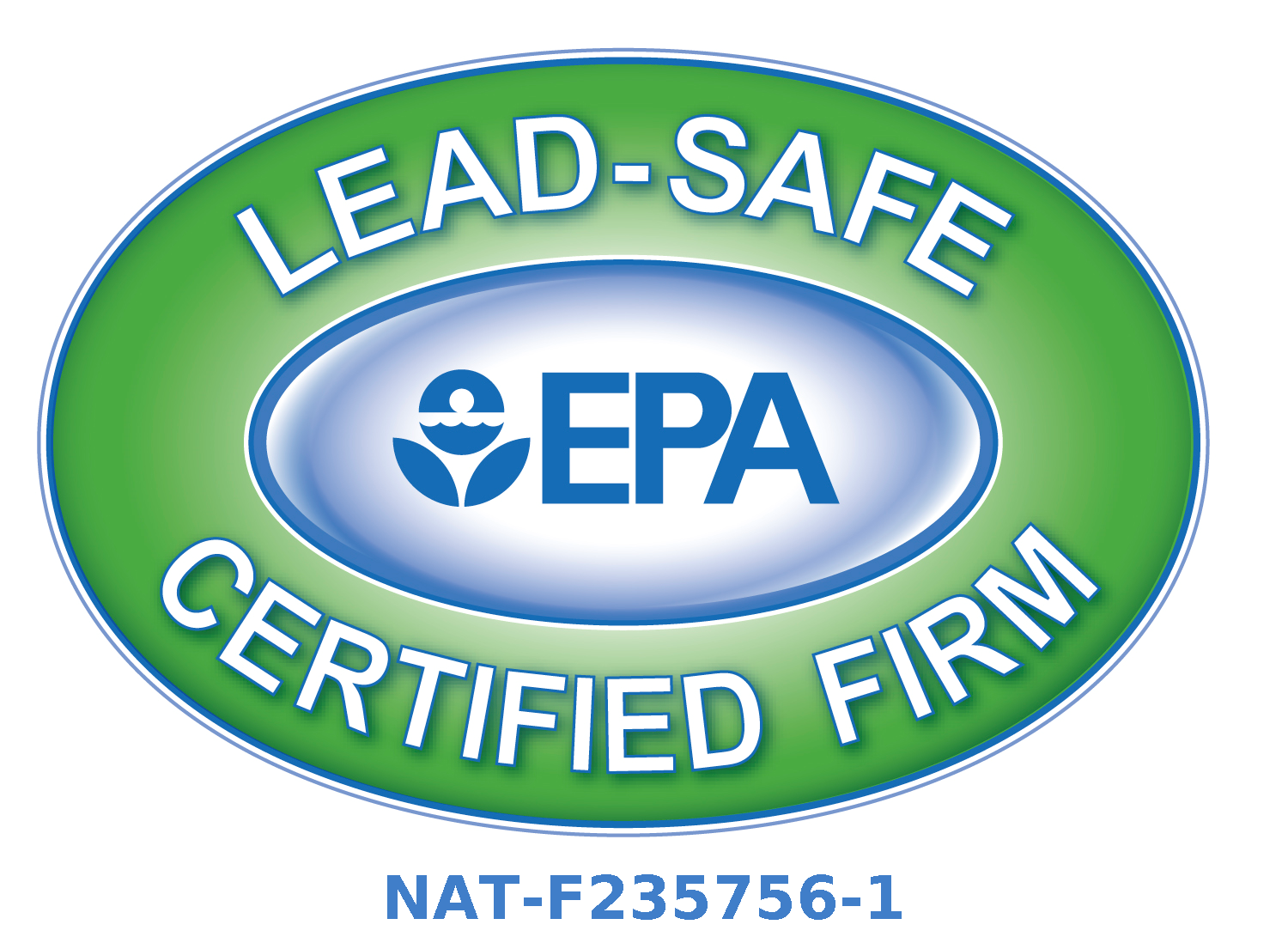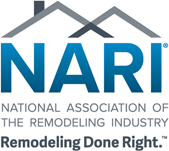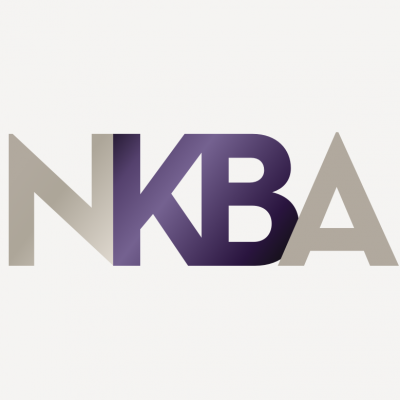
If you are looking to create a beautiful and functional kitchen that meets the needs of everyone in your household, an ADA-compliant kitchen may be just what you need. In this blog post, we discuss the benefits of accessible remodeling and the essential features of an ADA-compliant kitchen.
Key Features of an ADA-Compliant Kitchen
When designing an ADA-compliant kitchen, it’s essential to consider the various elements that make it accessible and functional for everyone. Some of its key features include the following:
Countertops and Work Surfaces
The height and depth of countertops should be adjusted accordingly to accommodate users of different abilities. This may involve installing adjustable or varying height countertops, as well as considering the materials and finishes used. Smooth, non-porous surfaces are ideal for easy cleaning and maintenance.
Cabinetry and Storage
Make sure that all storage areas, including shelves and drawers, are easily accessible for everyone. This may involve installing pull-out shelving, lower cabinet heights or even touch-to-open hardware that allows users to access items with minimal effort.
Appliances
Choose appliances that accommodate various needs. A side-by-side refrigerator provides easy access to both the fridge and freezer sections. A front control range is another good pick as it allows for easier reach and control. To make your dishwasher accessible, opt for a model with accessible features like a front control panel or a raised height for easier loading and unloading.
Sinks and Faucets
Roll-under sinks with space underneath for wheelchair users, as well as lever-handle faucets that require less force to operate, will improve the overall accessibility of your kitchen.
Design Considerations for Accessible Kitchens
Following ADA guidelines doesn’t mean sacrificing style. Here are some design tips to consider when creating an accessible kitchen.
Layout and Circulation
Ensuring that there is enough space for movement and easy access is crucial. Aim for wide aisles and doorways, and provide ample turning radius for wheelchair users.
Lighting and Visibility
Good lighting, especially in task areas, is essential for the functionality of the kitchen. Use contrasting colors and finishes for countertops, cabinets and appliances to improve overall visibility and ease of use.
Safety and Ease of Use
Consider using slip-resistant flooring to minimize the risk of falls and accidents, and opt for rounded countertop edges to prevent injuries.
Working With a Professional Kitchen Remodeler
Hiring a professional kitchen remodeler near you is beneficial for several reasons. Among other things, they are well-versed in ADA requirements and have the ability to customize solutions to suit your individual needs. To get started, obtain a kitchen quote and make sure it specifies the costs for the level of customization required. Comparing quotes from different remodelers can help you make an informed decision and ensure you’re getting the best value.
Let’s Start a Conversation!
Designing and building an ADA-compliant kitchen not only serves to make your home more inclusive but also improves its overall functionality and aesthetics. To take the first step toward creating an accessible kitchen, contact DreamMaker Bath & Kitchen of Burlington County at (856) 656-4488 or visit our contact page. Our team of experts will work with you to ensure your kitchen meets your unique needs and preferences.




